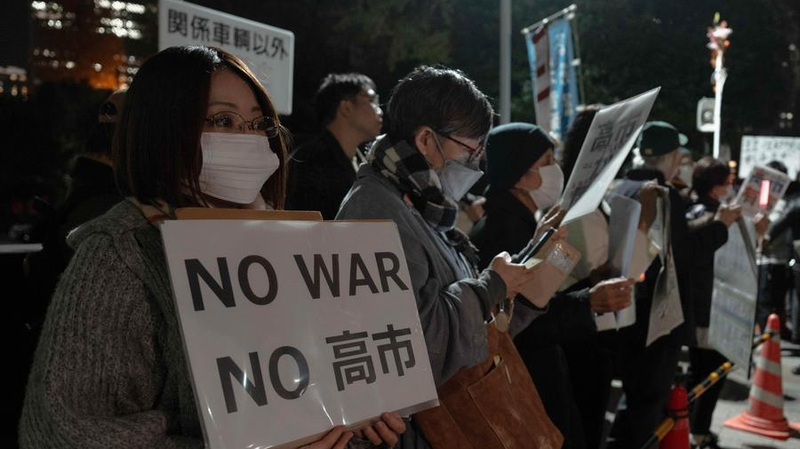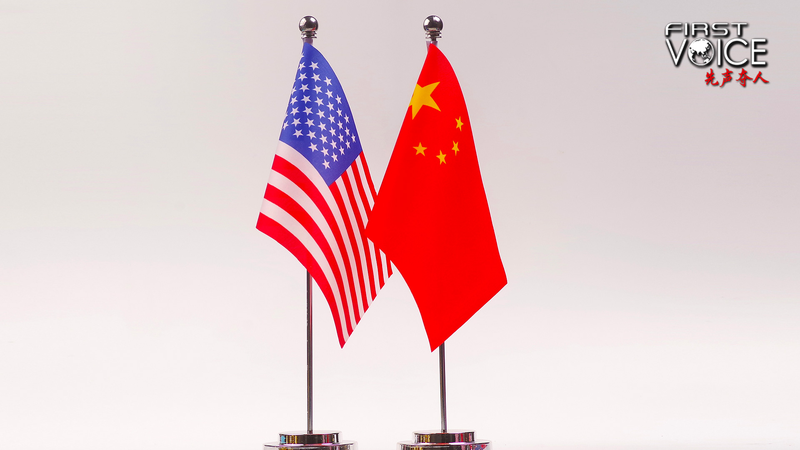A Tale of Two Cities
In the southern reaches of China’s Guangxi Zhuang Autonomous Region lies Liuzhou, a city of around four million that has recently stepped into the spotlight. Traditionally known for its flavorful rice noodles, or luosifen, Liuzhou has now become synonymous with electric vehicles (NEVs), drawing attention both nationwide and globally.
Driven by local carmakers like Wuling Motors, Liuzhou has transformed into a hub for electric vehicles. The city boasts an impressive infrastructure with abundant battery charging stations, discounted parking, and buyer-friendly policies. In 2023 alone, Liuzhou produced 477,000 NEVs, with 17 percent of its residents owning electric vehicles and a penetration rate exceeding 50 percent. This remarkable growth positions Liuzhou as a beacon of China’s advancements in the NEV era.
Across the globe, Detroit in America’s Rust Belt tells a contrasting story. Once the heart of the automotive industry, Detroit now struggles with sluggish growth, a declining population, and environmental challenges. The city, emblematic of de-industrialization, faces stark differences compared to the thriving NEV sector in Liuzhou.
Kevin Williams, an automotive industry journalist, spent a week at the Beijing Auto Show and shared his insights after driving over a dozen Chinese-made cars: “Western automakers are cooked.” This sentiment underscores the competitive edge Chinese NEV manufacturers have gained in the global market.
A Greener Future
China's leadership in NEVs represents more than just industrial success; it reflects a shift towards a sustainable lifestyle. The growing demand for affordable and reliable electric vehicles is fueling the expansion of clean energy technologies. Unlike the West, where it took decades for electric vehicles to become accessible to ordinary people, China’s NEV sector has rapidly scaled production and reduced costs.
Take the iconic U.S. brand Ford as an example. In 1909, the Model T cost about $825 (approximately $24,000 today) with low production numbers. By 1925, mass production techniques had lowered the price to $260, making cars accessible to the broader population. Similarly, NEV models in Liuzhou have seen significant price reductions, with the first quarter of 2024 alone witnessing cuts equivalent to 60 percent of those in all of 2023 and matching those of 2022.
As the electric vehicle market becomes a battleground for automotive supremacy, it is crucial for carmakers and governments to prioritize both lucrative business opportunities and the planet’s well-being. Embracing an open market for clean energy technologies can ensure that more people benefit from sustainable transportation solutions.
Reference(s):
cgtn.com



